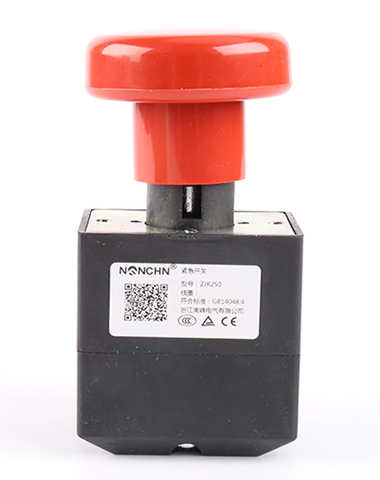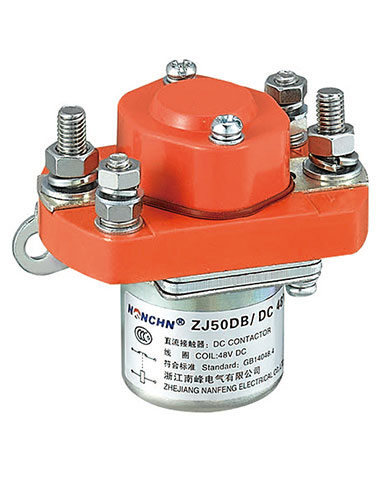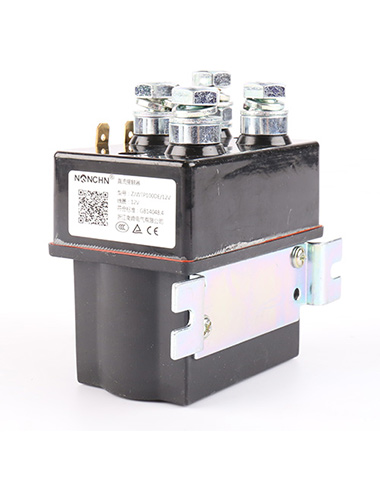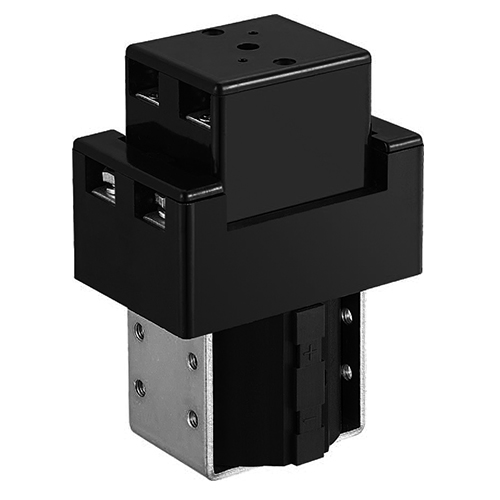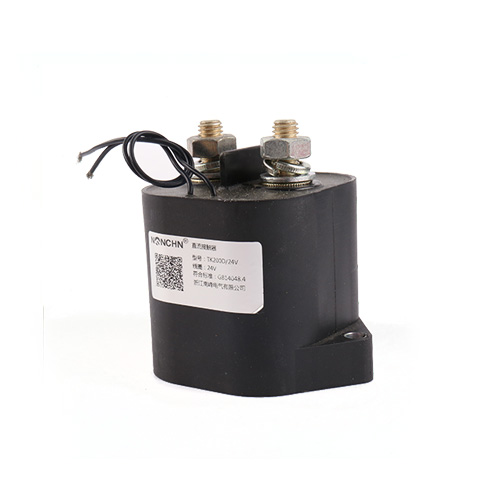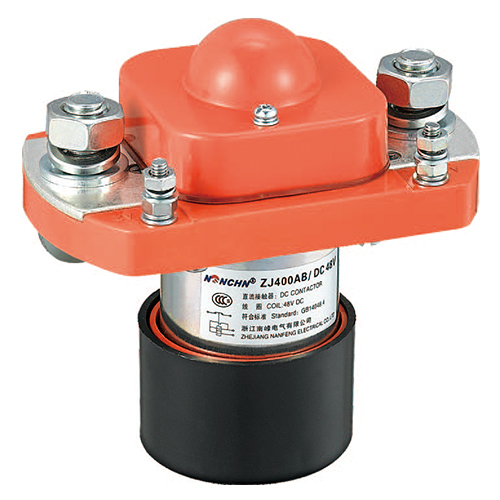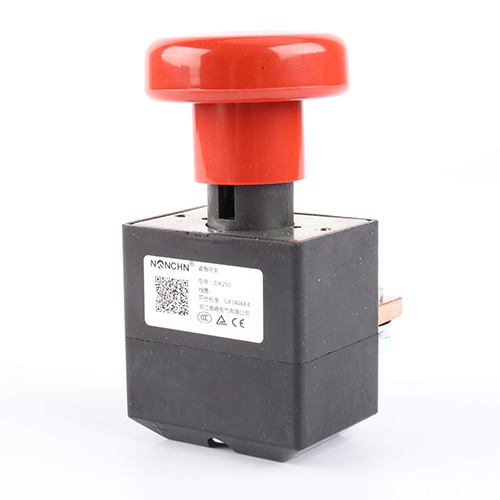A power connector is a crucial component in electrical and electronic systems that establishes a detachable or permanent connection between a power source and an electrical device, enabling the transfer of electrical energy. It serves as a bridge, ensuring a secure and efficient flow of electricity to power various equipment.
Definition of Power Connector:
A power connector is an electromechanical component featuring:
1. Mating Interfaces: A plug (male) and receptacle/socket (female) designed to fit together securely.
2. Conductors: Metal contacts (pins, blades, sleeves) that carry the electrical current when mated. These are typically made of materials like brass, phosphor bronze, or copper alloys for good conductivity.
3. Insulating Housing: A non-conductive body (usually plastic like PVC, nylon, or thermoplastic) that surrounds and isolates the conductors, preventing short circuits and protecting users from electric shock.
4. Mechanical Structure: Features like locking mechanisms, polarization, or keying to ensure correct orientation and a secure physical connection.
Its fundamental purpose is to provide a safe, reliable, and often detachable means of connecting an electrical load to its power source.
Key aspects of power connectors
1. Electrical specifications: These include voltage rating, current rating, and frequency. The voltage and current ratings must match the requirements of the device and the power source to prevent damage and ensure proper operation.
2. Mechanical design: This involves the shape, size, and mating mechanism. The design ensures a secure fit, preventing accidental disconnection. Common mating mechanisms include plugs and sockets, screws, and clips.
3. Material selection: Connectors are made from materials such as copper, brass, and plastic. Conductive materials like copper and brass ensure good electrical conductivity, while insulating materials like plastic prevent electrical leakage.
4. Environmental resistance: They need to withstand various environmental factors such as temperature, humidity, dust, and vibration. This is especially important for connectors used in harsh environments like industrial settings and outdoor equipment.
USES
1. Consumer electronics: Power connectors are widely used in devices such as televisions, computers, smartphones, and home appliances. They connect these devices to wall outlets or chargers.
2. Industrial equipment: In factories and manufacturing facilities, power connectors are used in machinery, motors, and control systems to supply electricity.
3. Automotive industry: They are essential in cars, trucks, and other vehicles for powering components like lights, engines, and entertainment systems.
4. Aerospace and defense: Connectors in this field must meet strict standards for reliability and performance, used in aircraft, satellites, and military equipment.
5. Renewable energy systems: Solar panels and wind turbines use power connectors to transfer the generated electricity to storage systems or the grid.
Conclusion
Power connectors are the unsung heroes of the electrified world. They are far more than just plugs and sockets; they are precisely engineered components ensuring the safe, reliable, and efficient delivery of the vital energy that powers our lives. Understanding their basic definition, key characteristics, diverse uses, and the critical safety considerations highlighted in the FAQs is essential for anyone interacting with electrical devices, from everyday consumers to electronics professionals.


